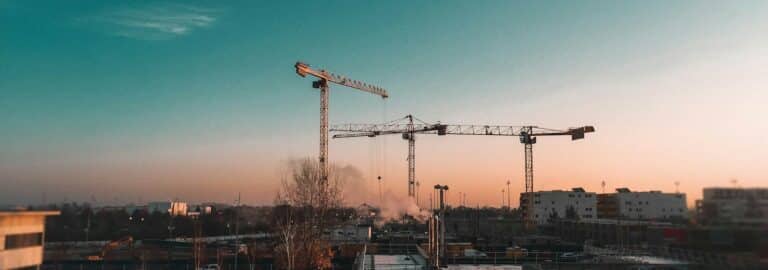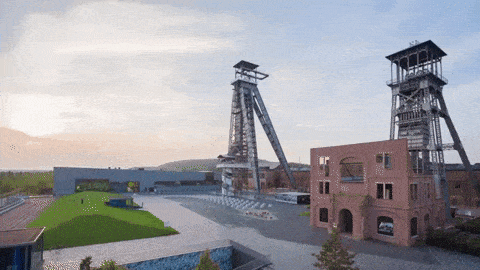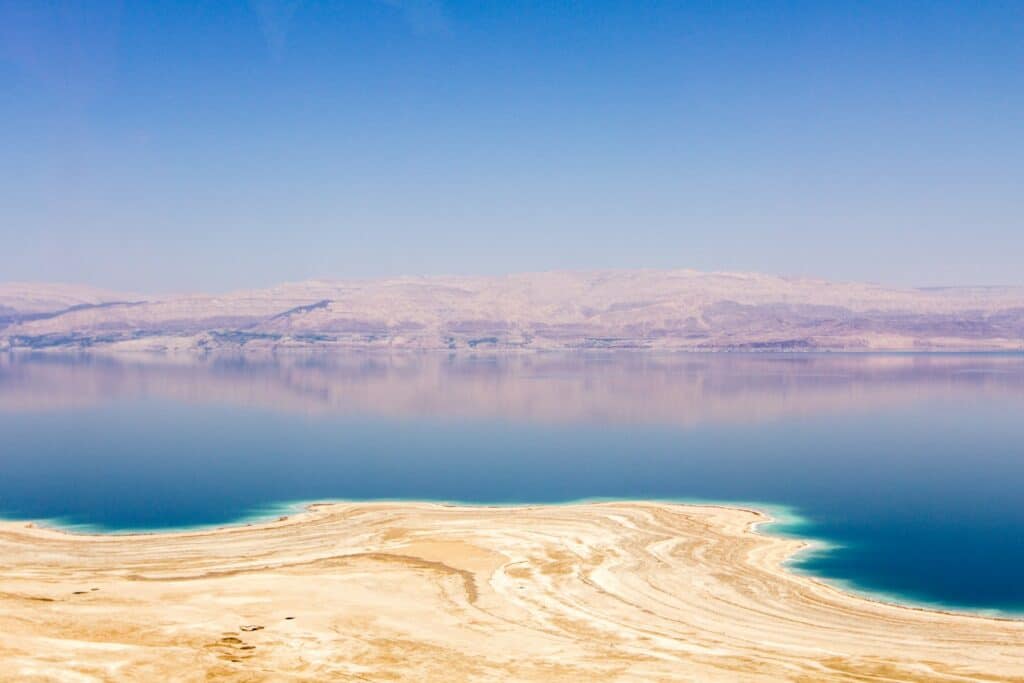Many factors determine the success of a real estate project. In this article, we’re not here to challenge well-known principles like “Location, Location, Location,” but rather to shine a light on another important factor—photographing and documenting the property, and smart ways to use it as a sales tool.
Property Photography as a Marketing Tool
There’s a long-standing marketing principle that can be summed up in three words: Show, don’t tell.
The importance of strong visual representation in real estate marketing cannot be overstated.
Photographing buildings is a complex task that requires skill and experience. The challenge is that many projects go to market well before construction begins.
As a result, most are initially presented using renderings.
It’s important to note that creating high-quality renderings often requires a photography base, like topographical shots or aerial drone footage.
Still, once actual activity begins on-site and the structure starts to take form, real photography becomes extremely valuable to the developer, both for communicating with existing buyers and for attracting new ones.
Of course, showing something “half-built” (since a construction site will never look like the finished product) presents its own limitations.
One method that helps overcome this challenge is a technique called time-lapse photography.
What Is Time-Lapse?
The idea of time-lapse is to produce a video at accelerated speed.
Standard video captures 24 frames per second, which creates the feeling of real-time motion.
But when trying to show a long process (an hour, a day, a year), it’s not practical to film continuously, so instead, one frame is captured every few seconds, minutes, or hours.
When all the frames, taken from the same camera position, are combined, the result is a fast-motion illusion that lets the viewer visually experience processes that are otherwise too slow to notice.
For example, a seed sprouting and becoming a flower. In real life, this takes days—but in a time-lapse video, it can be shown in a few seconds.
Time-Lapse for Buildings
This technique has proven to be highly effective and impressive when documenting the construction of buildings.
The first architectural time-lapse film in history was shot and directed in 1901 by a New York photographer named Frederick Armitage. He positioned his camera in front of the old Star Theater on Broadway and, over several weeks, captured one frame per day.
During that time, the old building was demolished and a new one was built in its place.
When the video was shown, audiences were amazed.
And what impressed New Yorkers 120 years ago? Still works today—on potential real estate buyers in Israel.
With a time-lapse building documentation project, you can market your real estate venture more effectively and build trust with both current and prospective buyers.
Want to see examples? Here.
📧 Timelapseit11@gmail.com
📞 050-225-6866







